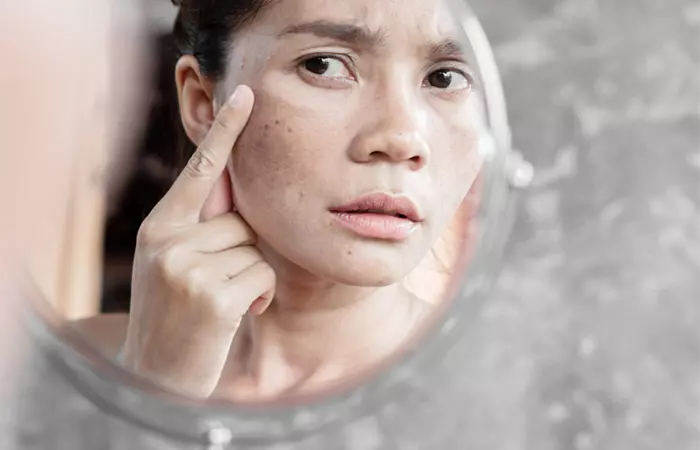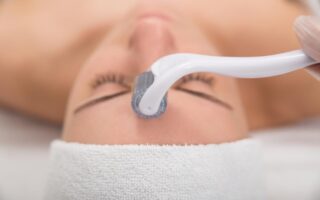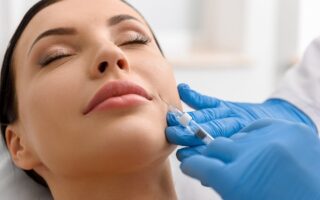Most of us love to feel the sun on our skin and there is no doubt that there are some huge benefits to doing this, but it can also be extremely harmful to your skin. UV rays are responsible for sun damage and some skin cancers, but they can be difficult to avoid.
In this article, the team at Skin Inspection, leading consultant dermatologists, explain what sun damage is and the best ways you can reduce the effects of it.
Table of Contents
What is sun damage?
When we are exposed to the sun, our skin is subjected to ultraviolet A (UVA) and ultraviolet B (UVB) radiation. Even in very small amounts, these are capable of damaging the DNA of the skin cells, which in turn will break down the collagen and elastin in the skin. These are the things that give skin its elasticity and firmness, which means any breakdown can result in wrinkles, fine lines and sagging skin.
With prolonged exposure to these UV rays, there can be a gradual decline in skin health. You might notice uneven pigmentation such as dark spots, freckles and age spots, or broken capillaries where the sun damage has weakened the blood vessels in the skin, causing them to dilate and appear as spider veins.
There is also an increased risk of skin cancer, including melanoma. This has the potential to be fatal, and with 250,000 cases of skin cancer diagnosed in the UK each year it is actually one of the most common types of cancer in the country.
Sun protection
One of the most obvious and straightforward ways to reduce the harmful effects of the sun’s rays on your skin is to protect yourself from them in the first place. This means staying out of the direct sun wherever possible, particularly at peak times of the day when the sun is at its strongest.
You should also make sure that you are wearing a good quality SPF whenever you are out in the sun. It is tempting to think that this is only necessary in the height of summer or when you go abroad, but it is actually something you should wear every day, even in the winter.
Skincare ingredients
For most of us, the damage has already been done, so it is important to think about what you can put on the skin to reduce the effects of sun damage and try to reverse it.
There are a few key ingredients that you need to be looking for in order to have the greatest effect. One of the most important is niacinamide, which can have a significant effect on hyperpigmentation as well as lines and wrinkles. This is because it can block the pigment from reaching the outer layer of the skin, as well as helping to decrease pigment production.
Azelaic acid is an ingredient that is typically used to reduce the marks left behind by acne, but can also be effective on sun damage. It lightens any dark spots by slowing the production of melanin and blocking abnormal melanocytes. It has antioxidant properties and is also an anti-inflammatory, making it great for a wide range of skin issues.
Vitamin C neutralises free radicals to block damage and helps to rebuild the skin’s structure whilst retinol and retinoids can fade hyperpigmentation and reduce fine lines. Alpha hydroxy acids (AHAs) such as glycolic acid, lactic acid, and mandelic acid also play a part in reducing hyperpigmentation.
There are ways to reduce the effects of sun damage on your skin, but it cannot be eradicated completely so proactive prevention is always better than cure. If you are concerned about your skin, then you should speak to a qualified dermatologist for more in-depth information.




